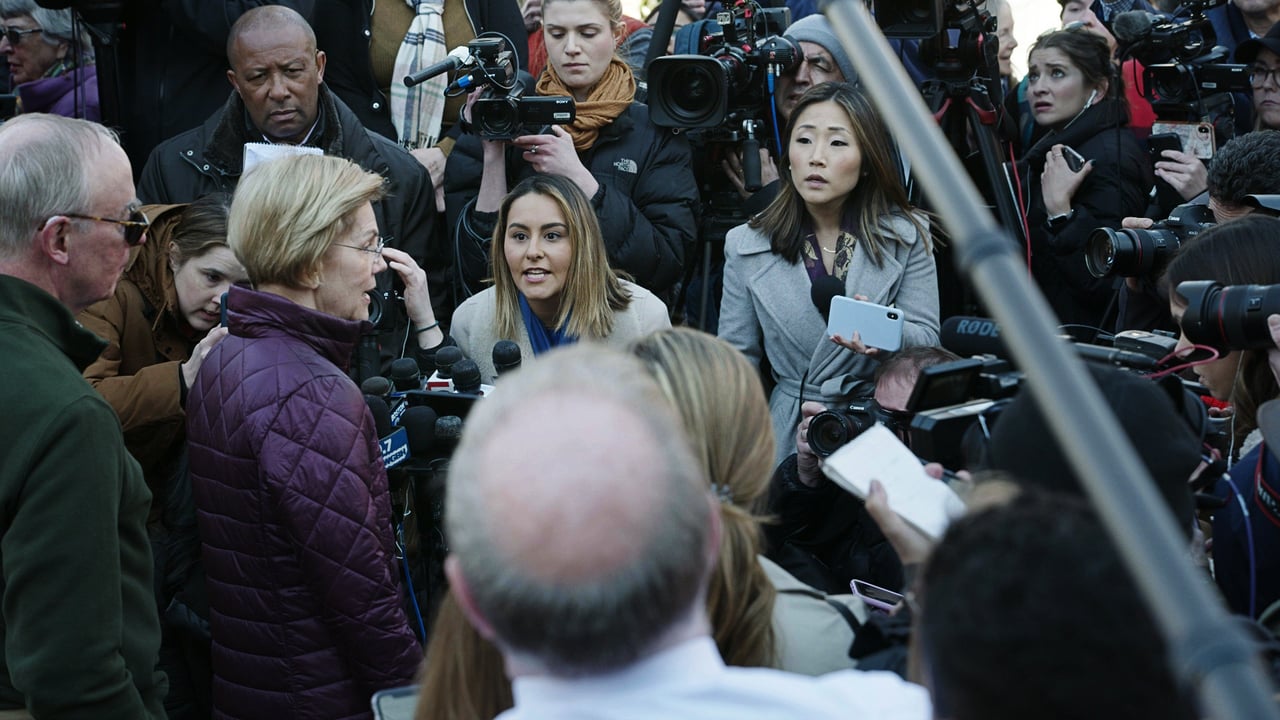

You can then set up the iPad to sync applications from the “primary” iTunes library. Since you’re on the same iMac, this is really just a matter of physically copying the applications from the “Mobile Applications” folder in the secondary library folder and importing them into the primary iTunes library via drag-and-drop or using the Add to Library option on the File menu. In this case, you will need to basically choose an iTunes library to be your “primary” library and transfer all of the applications that you want on your iPad into that library. Note that it doesn’t matter if content has been purchased with different accounts, as you can easily store content from up to five separate iTunes Store accounts on a single device, but rather that the content is stored in two separate libraries.
Iphoto library manager reviews update#
Note that you will lose the ability to automatically update ratings and play counts in manual mode, and will also need to ensure that you manually re-transfer tracks to your iPad whenever you make changes to the tags in iTunes.Īpplications and photos are a different matter, unfortunately, as these always sync automatically regardless of the “Manual” setting in iTunes. This works for the iPad in the same as it does for an iPod, and will allow you to manually add content to your iPad from more than one iTunes library simply by dragging and dropping the content to the iPad icon in iTunes.

You’ll therefore find that you have most of the same options and issues with syncing.įor your media content, you can set the iPad to manual mode by going into the “Summary” screen and selecting Manually manage music and videos. A: To be fair, the iPad isn’t really designed to be a multi-user device any more than a laptop computer is, and in fact the iPad syncs with iTunes in much the same manner as an iPod touch does.


 0 kommentar(er)
0 kommentar(er)
